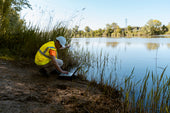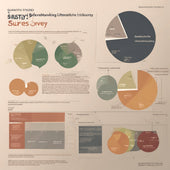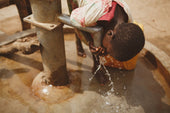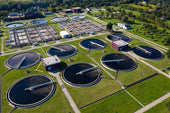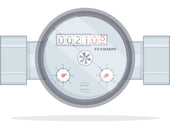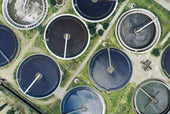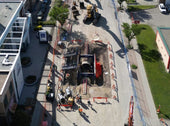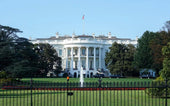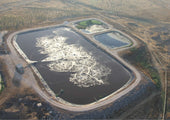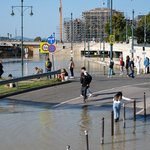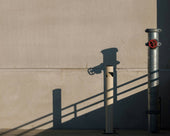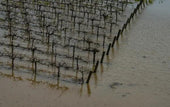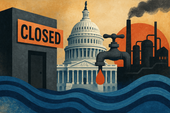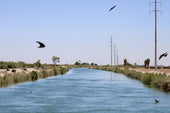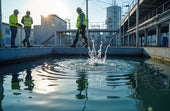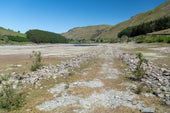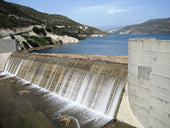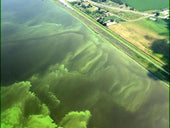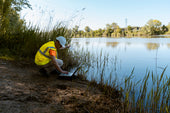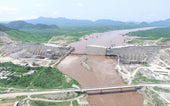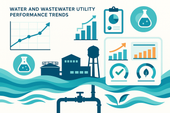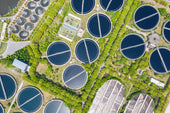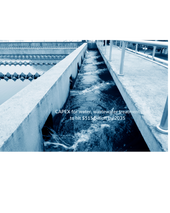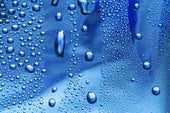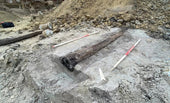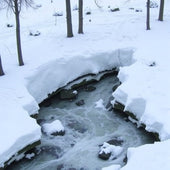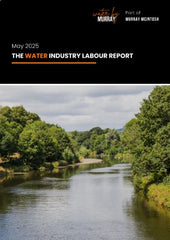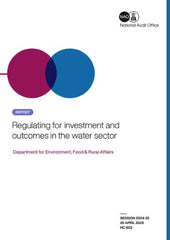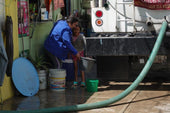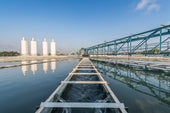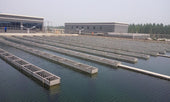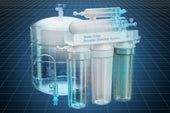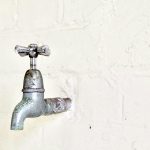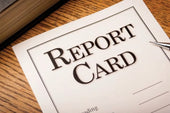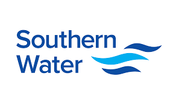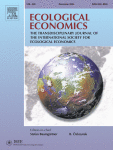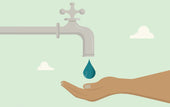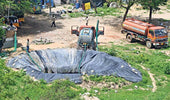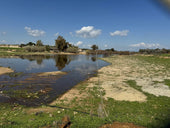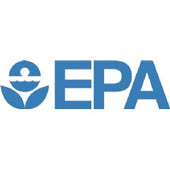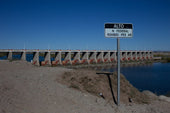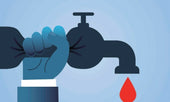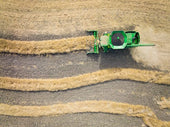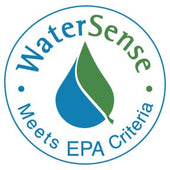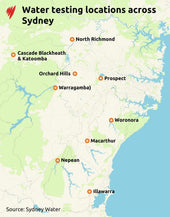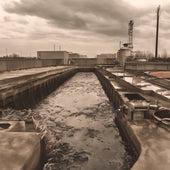
The Link Between Unexpectedly High Water Bills and Undetected Leaks

—
A surprising trend amongst homeowners has surfaced in recent years: a sudden increase in water bills. This unexpected surge puzzles many and can place a significant financial burden on households. Seemingly overnight, a once predictable and manageable bill skyrockets, leaving homeowners scrambling to understand the cause.
In most cases, the villain behind these inflated bills is undetected leaks. These seemingly minor leaks may not appear to be a severe issue. However, the collective impact of these pin-sized holes can lead to needless water waste, higher running costs and have far-reaching environmental implications.
For many, the link between unexpectedly high water bills and hidden leaks remains mysterious. These paragraphs aim to illuminate this connection, delve into the causes and effects, and eventually provide effective detection and prevention strategies. The objective is to promote efficient water management, effectively reducing undetected leaks’ economic and environmental toll.
Common Reasons for High Water Bills
Upon receiving an unusually high water bill, most homeowners start by evaluating the most visible reasons. Variations in seasonal water consumption patterns can have a substantial influence on household water usage. In the warmer months of the year, water usage tends to increase due to the obvious tasks like garden watering and pool filling.
Tariff rates across different regions also ebb and flow, significantly impacting the final billing amount. Governments and local water providers often adjust costs in response to supply and demand dynamics, maintenance needs for water infrastructure, or occasionally to promote water conservation during bouts of reduced water availability.
While these externally controlled factors remain valid contributors to the potential spike in water bills, they are often not the main culprits. Unknown to many, undetected leaks are a significant cause of high water bills. While readily visible leaks, like a dripping faucet or a continuously running toilet, can be quickly identified and fixed, those hidden in plain sight can go unnoticed for months.
Nestled within unseen sections of the house, like concealed pipework or an overflowing cistern in the toilet, these leaks silently and continually surge water bills. Also, less considered factors, such as an increase in the number of people dwelling within the house or new landscaping, can increase water usage. However, such causes may not account for dramatic rises in costs.
Identifying Undetected Leaks in Your Home
Once you receive a shockingly high water bill, it becomes paramount to ascertain if a hidden leak lurks within your household. A quick, initial diagnostic tool is the water meter test. The idea behind this test is simple: Turn off all faucets and water-related appliances in your home to ensure no water flows in the pipes. Then, observe the water meter. If, despite no water supposedly being in use, the water meter indicates activity, then a leak could be present.
While the water meter test is a reliable starting point, leaks can occur in countless places within the house. Areas like toilets and faucets are often the usual suspects, but the scope for leaks extends beyond these obvious zones. Water heaters, pipes hidden behind walls or beneath floors, and even outdoor irrigation systems can hold a leak.
Symptoms of a hidden leak might also extend beyond the typical running water sound. Wet spots that refuse to dry, a pervasive musty scent or the sudden appearance of mould and mildew can all be possible indications of a well-hidden leak. Ignoring these warning signs can have severe financial and environmental implications. A superficially inconsequential, steady drip or trickle culminates in considerable water wastage over time, compounding into higher bills and an unnecessary demand on local water treatment facilities.
The Economic Impact of Hidden Water Leaks
The primary and direct financial fallout of hidden water leaks is, unsurprisingly, an increase in water bills. For households operating under tight budget constraints, these mounting costs can pose considerable financial strain. Moreover, these expenses can compound over time. Thus, the longer the leaks remain undetected, the more financially damaging they become.
Beyond the immediate increased outlay for water, hidden leaks often grant rise to another significant problem – structural damage to property. Water leaks can erode the integrity of a home, weakening foundations, warping and discolouring walls, causing peeling paint, and ushering in a host of related issues. These effects necessitate costly repair efforts and can even reduce the value of a property in severe cases.
Investing in regular maintenance checks can significantly offset these costs. While there is an upfront expenditure linked with professional inspections, it can safeguard against the risk of more staggering expenses in the future. The importance of this proactive approach to water management is not to be understated, from the perspective of financial security, maintaining the integrity of property and the sustainability of water resources.
Environmental Consequences of Water Leakage
From an environmental standpoint, undetected leaks in a single household might seem minuscule. However, when this phenomenon is viewed in a more expansive perspective, considering every home across cities and countries, the magnitude of the problem becomes palpable. These leaks contribute meaningfully to the growing problem of water waste and, by extension, the water scarcity crisis.
In recent years, climate change and the resultant altered rainfall patterns have led to fluctuating water accessibility. In such a scenario, every litre of water wasted due to leaks is a blow to this precious resource’s sustainability. This wastage places an undue strain on local water supply systems, perhaps resulting in limited availability, restricted supply hours, and hiked prices.
Moreover, prolonged and extensive leaks can lead to waterlogging, which can disturb local flora and fauna and disrupt the balance of the surrounding ecosystem. As such, promptly addressing and fixing leaks is as much an environmental responsibility as it is a financial one. Such individual actions feed into broader water conservation efforts and the crucial requirement for more sustainable lifestyles.
Solutions and Preventive Measures for Leak Prevention
In the quest to tackle water leaks, a preventive approach bears more fruit than a reactive one. Scheduling routine plumbing inspections plays a significant role in early leak detection. These inspections can pinpoint potential problem areas and fix issues before they evolve into full-scale leaks.
However, engaging professionals is not the only line of defence. Implementing simple do-it-yourself (DIY) checks can also serve you well. For instance, keeping an ear out for the sound of running toilets when not in use or checking outdoor hoses and taps routinely for drips can help nip leaks in the bud.
The advent of technology offers another layer of prevention. Novel smart home systems equipped with water sensors can monitor water usage at an unprecedented level and alert homeowners to anomalies that could signal a leak. Such systems aid in identifying potential leaks and preventing water wastage.
However, while DIY checks and smart home integrations serve as effective preventive strategies, they cannot wholly replace the expertise of a trained professional. When in doubt, it is always advisable to secure the services of a professional plumber. They can ensure thorough and effective resolution of water leaks, guaranteeing peace of mind and the security of your home.
Conclusion
There is a clear and undeniable link between unexpectedly high water bills and the existence of undetected leaks. However, understanding this connection is just the first step. Aiding homeowners requires practical solutions and clear guidelines on what to look for when bills go up unexpectedly.
Now more than ever, it is critical for homeowners to exercise vigilance in detecting and addressing water leaks promptly. Such practices can potentially save hundreds of dollars in water bills and repair costs and contribute to more sustainable water management practices.
Ultimately, the issue of water leaks goes beyond individual households. It is a societal and environmental issue that requires collective action, from individual homeowners to water authorities and policy planners. Our shared responsibility lies in preserving our financial resources and securing one of our planet’s most precious necessities – water. We hope that the insights shared here have empowered you to take positive action in your home. The roadmap to resolving hidden leaks leads to money saved and a healthier environment for all.
—
This content is brought to you by Amrytt Patel
The post The Link Between Unexpectedly High Water Bills and Undetected Leaks appeared first on The Good Men Project.

